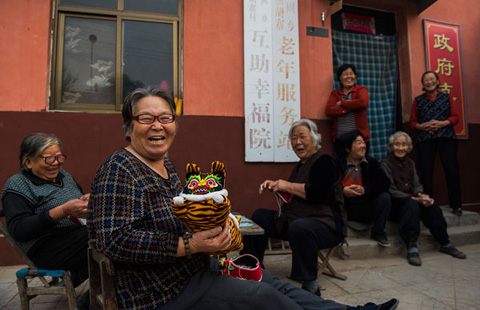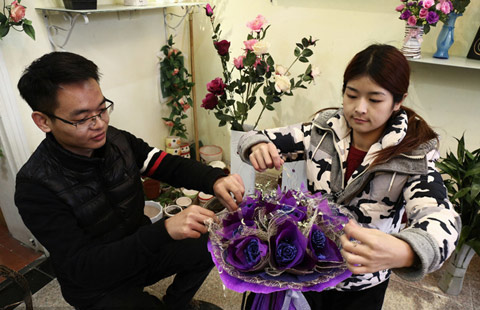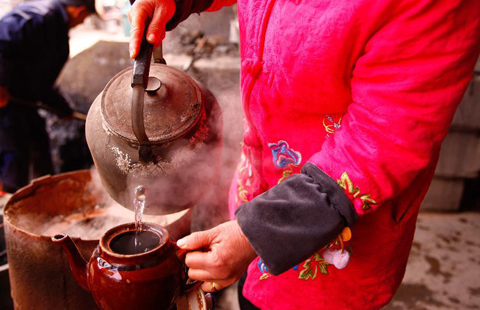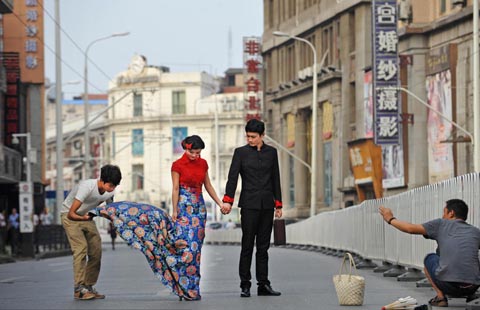Graft fight dents overseas spending
By Straits Times in Singapore Asia News Network (China Daily) Updated: 2014-11-26 08:03China-dependent foreign businesses feel pinch as officials reduce largesse
As a graduate student in Australia six years ago, Liu Jingping moonlighted at a Chinese restaurant where many Chinese government officials on "work trips" would dine.
They would order lobster and other expensive seafood that they washed down with baijiu, the fiery, sorghum-based Chinese liquor.
But such overseas government trips are a thing of the past amid Beijing's anti-graft and austerity campaigns, which are reverberating far beyond its shores, said Liu, 34, now a tourism analyst and part-time tour guide.
The China-dependent sector of the global tourism industry has been hurting since President Xi Jinping put fighting corruption at the top of his agenda after coming into power in November 2012.
From casinos in Singapore to fashion houses in Europe, tourist traps the world over are feeling the sting of the triple-whammy of China's anti-graft push, its austerity drive and its slowing economy.
With the launch of an anti-corruption network among Asia-Pacific economies earlier this month and a pledge by the Group of 20 countries last weekend to increase cooperation to facilitate the recovery of ill-gotten gains, experts say the global impact of China's anti-graft drive might get stronger.
Already, weakness in the largely Chinese VIP business at Singapore's Marina Bay Sands dragged its third-quarter, VIP rolling-chip volume down by 34 percent.
Gaming revenue at Resorts World Sentosa similarly slipped, by 21 percent.
Europe has also not been spared, with tax-refund claims by Chinese tourists growing just 18 percent last year, compared with 57 percent in 2012, said tax refund firm Global Blue. It was at 80 percent in 2010.
Education sectors in the United States and Australia have also been under pressure, partly due to Beijing cutting off funding for civil servants' further studies and officials spending less on their children's education.
Chinese applications to US graduate schools fell 1 percent this year, after seven consecutive years of double-digit growth, according to the Council of Graduate Schools.
In Australia, where more than 25 percent of students are Chinese, a similar trend of softening demand is being observed, said Michael Sainsbury, editor of the Little Red Blog, which analyzes China news.
- Anti-corruption drive hits US tourism firms
- Anti-graft statement on the way, official says
- China to audit government land income in corruption fight: paper
- Anti-corruption campaign moves forward at CNPC
- China's graft inspection to target state-owned groups
- China on right growth track, remaining attractive: Davos founder
- Cash crunch fans expectation on RRR cut
- US extends antidumping duties on China's thermal paper
- Modern food van with ancient look in Shanghai
- China home prices continue to cool in November
- Asia's top 3 billionaires all Chinese
- Old investment remedy the treatment for China's "new normal"
- China's solar sector opposes US anti-dumping ruling
- BMW to recall 846 cars in China
















